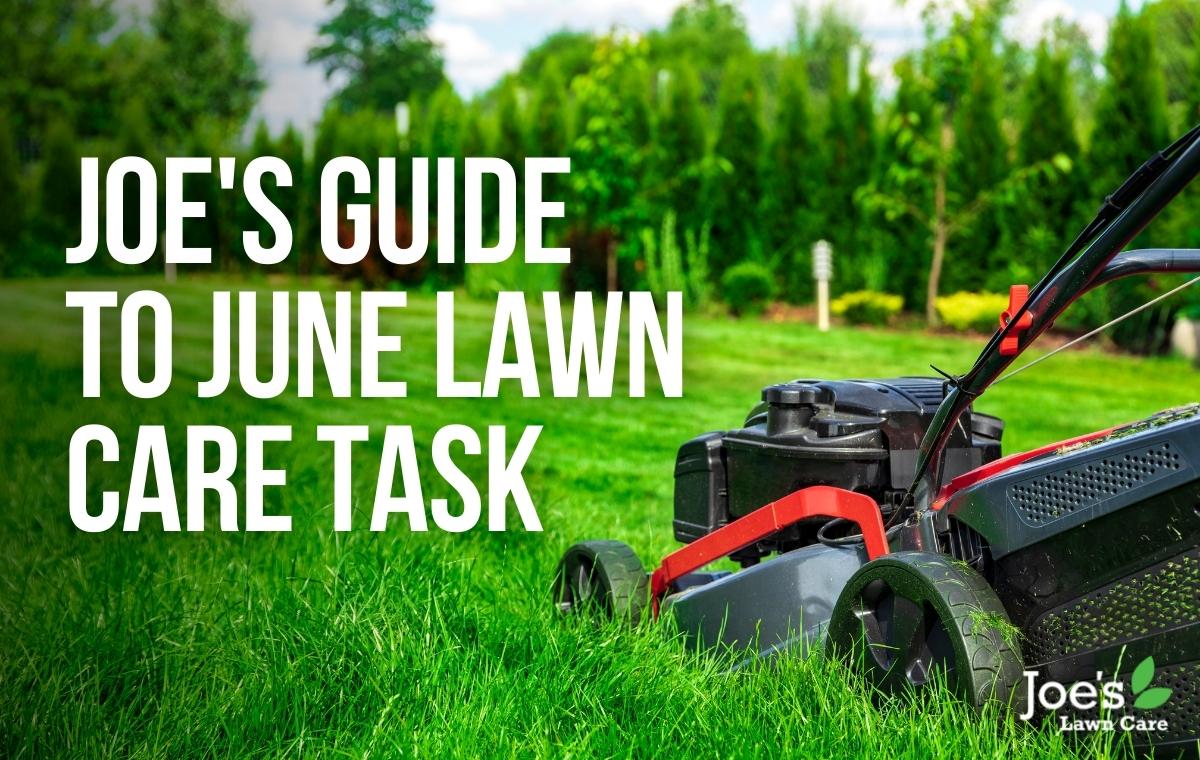Joe’s Guide To June Lawn Care Tasks
June. is. here. The culmination of spring, the start of summer and a calendar that reads: kick back, relax and enjoy your garden. From picnics amongst the wildflower patch at the end of your lawn to mid-afternoon naps in your tree-strung hammock, badminton tournaments with family and friends and barbecue bashes so tasty they go down in folklore, this is the month that your little slice of the outdoors really comes into its own.
And the best part: there’s only a few lawn care tasks to keep on top of…
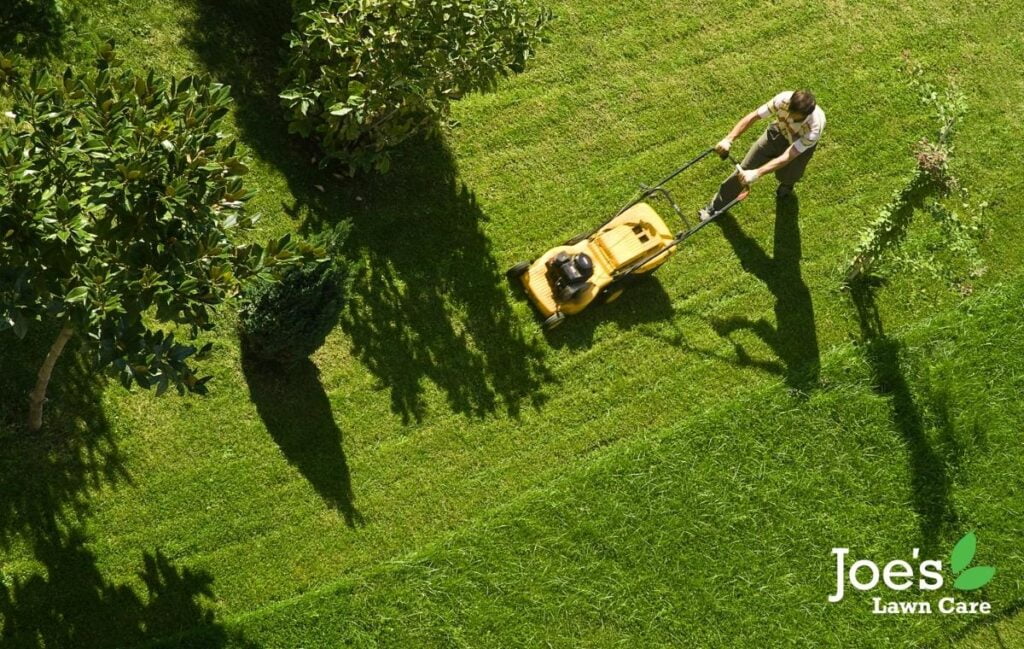
Much More Mowing
There’s no two ways about it: with every great summertime lawn comes a dedicated mowing schedule. That’s the secret to growing a good-looking, incredibly healthy patch of grass. What’s more, the rising temperatures and regular rain mean growing season will be in full swing, so make sure your blade is sharp, your mower is clean and you’re mowing your lawn regularly enough to grow a beautiful patch of dense turf. Translation: at least once a week.
And if there is a drought, your soil dries up and your grass slows-down on the growing front, simply react with your mowing routine by only cutting your grass every other week to control any seed heads and coarse grass.
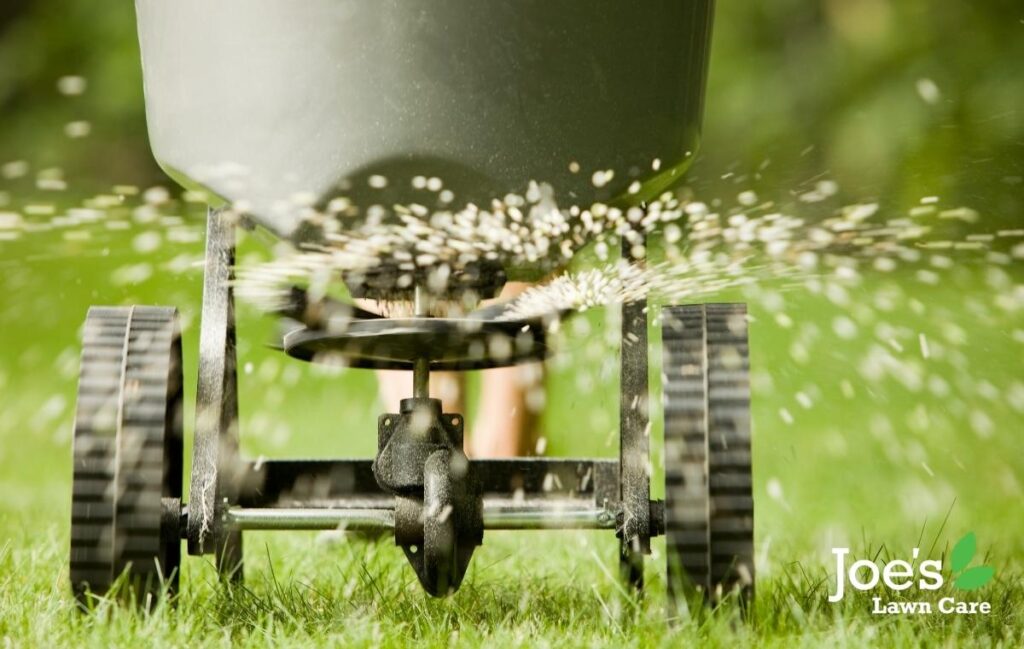
The Rules of Summer Fertilising
Remember when your mum used to roll her eyes and say, “Better late than never.” Well, the same applies here. Better late than never. That said, if this is your first application of the year, there are some rules to fertilising during early-summer, starting with the fertiliser you use. In short, you want to use a 2 to 3 month slow-release option that is designed for spring and summer usage as this will protect your lawn, promote the right amount of growth and, well, take you through to the autumn. Winning.
On the flip side, if you already applied a fertiliser in early-spring, now’s the perfect time to consider a second application. Timing simply depends on when you applied previously, what you used and how well your turf has been growing (not to mention the amount of rainfall you’ve experienced). Basically, if you’re looking at a lawn where growth has slowed-down a little, the colour has faded a bit and there’s some moisture in the soil, another application will be a great way to restore your lawn’s looks, colour and health.
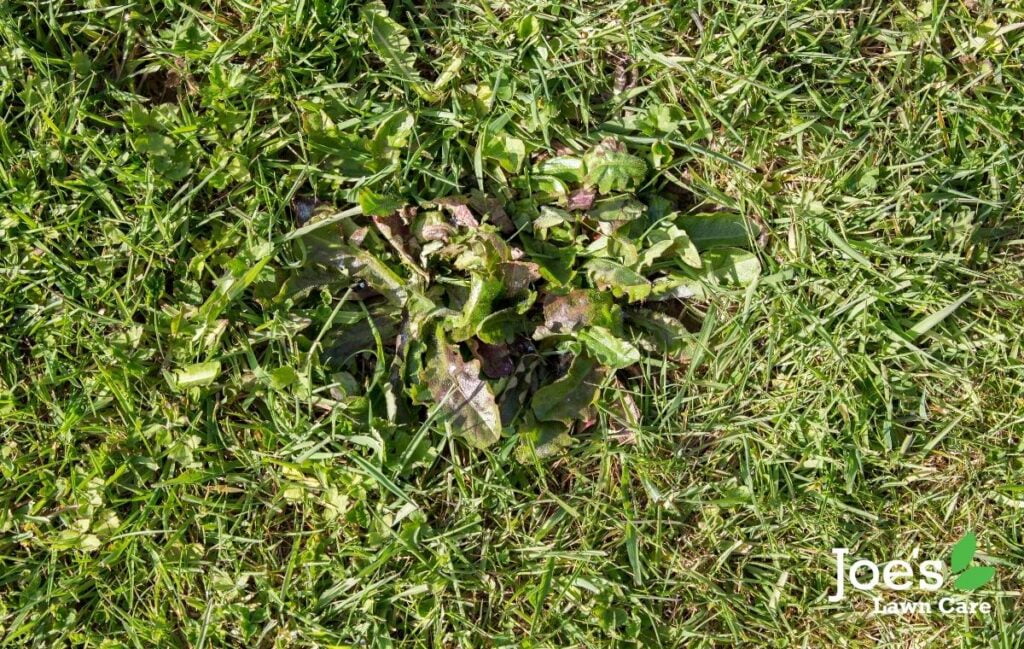
The Weeds in Need of Controlling
Yepp. June is here, which means there are probably a bunch of weeds on their way to your garden too. So grab your trusted weed killer, pop it in your Ghostbusters-style sprayer and start protecting any areas of your lawn-slash-patio by spraying those nasty weeds.
Pro tip: the best plan of attack is a combination of spot treatments and manually pulling out any large weeds that have become an overnight eyesore.
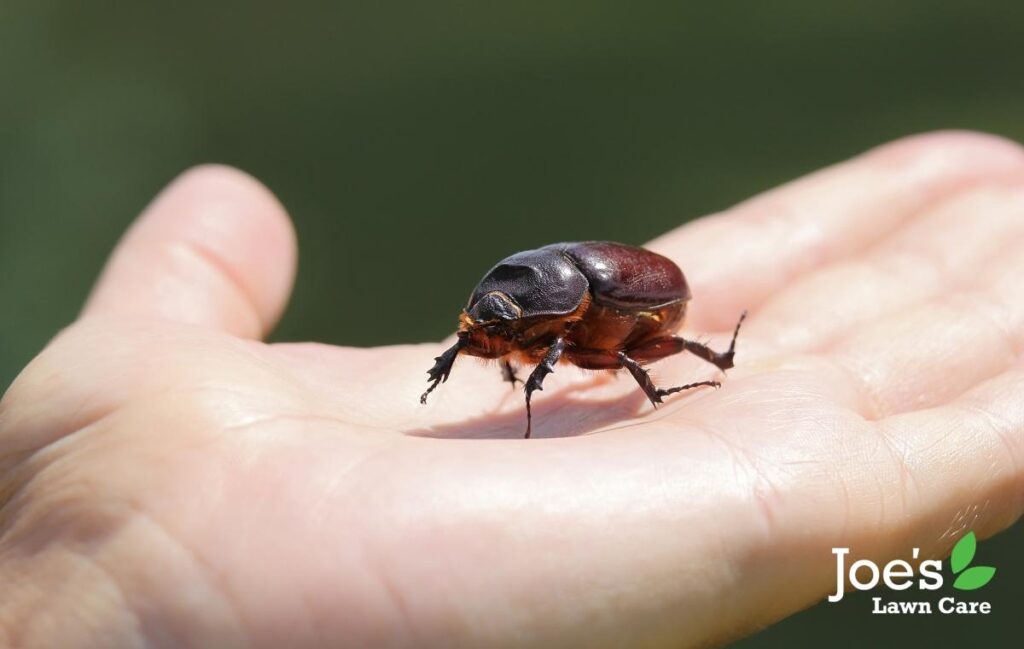
Four Pests & Diseases To Watch Out For
Okay, let’s get straight to the worst one of the bunch: Red Thread. That’s right, we’re back into Red Thread territory thanks to the increased humidity, which weakens grass just enough to let this nasty disease do its thing. Luckily, there is an easy way to stop it in its tracks, which is to strategically water your lawn and fertilise it.
The other pests and diseases to look out for are fairy rings (which can be dealt with in a very similar way to Red Thread), chafer beetles (which indicate a much bigger lawn problem) and ants (which are best dealt with using anti-ant granules).
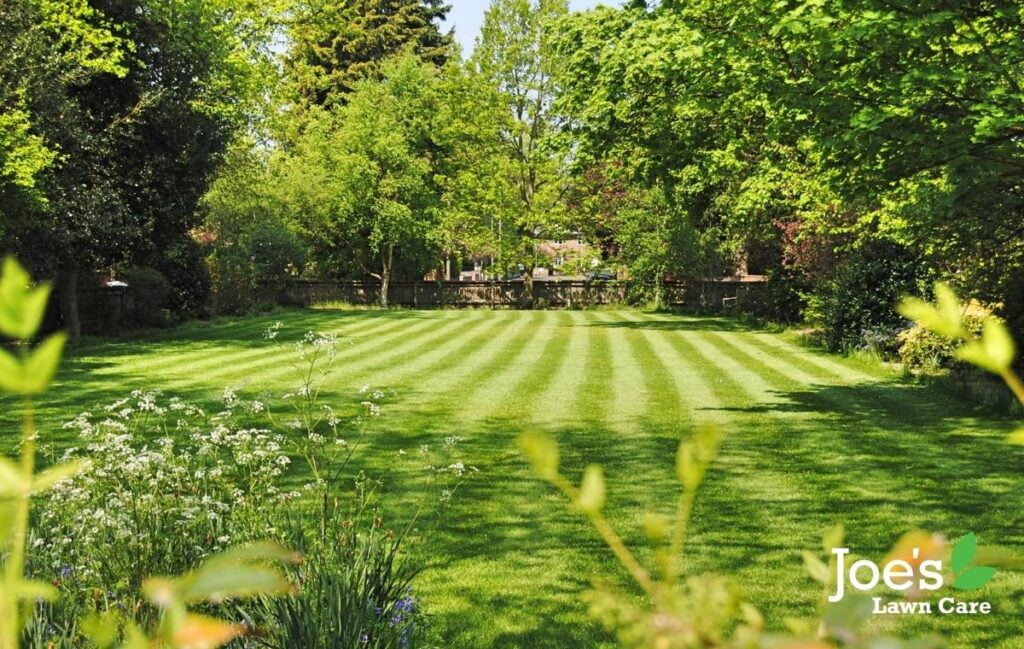
Time For Some Top Dressing
The best thing about this lawn care task is its ability to reduce thatch, while also levelling out the surface of your lawn so that it’s nice and smooth. That said, if you’re not addicted to your lawn, we’d pop this task in the “nice to have” column, not the one labelled “must do”.
If you are a lawn-obsessed human, however, then there’s a pretty big chance you’ve already added one layer of top dressing this spring and are now thinking about a second one, which we recommend so long as your soil is nice and moist and your grass is growing at a healthy rate.
Thanks for reading the no-nonsense Joe’s Guide To June Lawn Care Tasks. For more lawn care tips and tricks, follow us on Facebook and Instagram.





